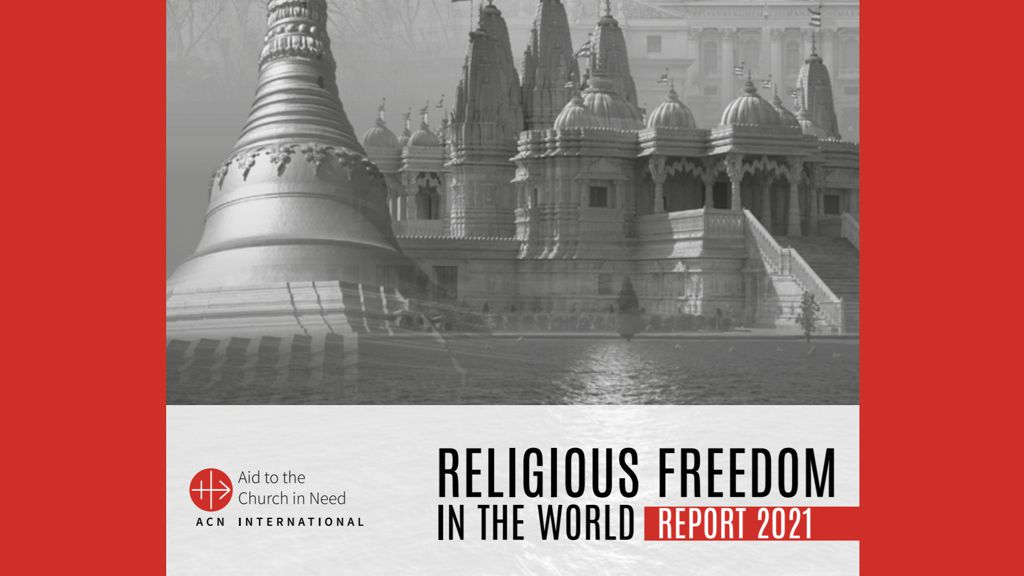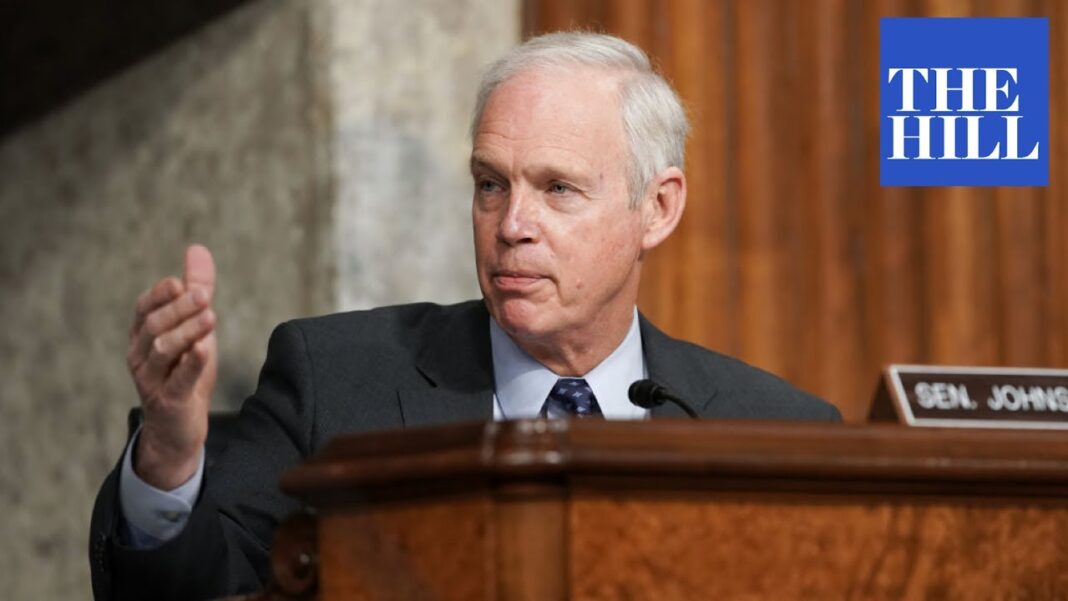
MAIN FINDINGS
Religious freedom is violated in almost one third of the world’s countries (31.6 percent), where two thirds of the world’s population lives. 62 countries out of a total of 196 face very severe violations of religious freedom. The number of people living in these countries is close to 5.2 billion, as the worst offenders include some of the most populous nations in the world (China, India, Pakistan, Bangladesh and Nigeria). Aid to the Church in Need’s classifications are as follows:
a) The Red category, which denotes the existence of persecution, includes 26 countries which are home to 3.9 billion people or just over half (51 percent) of the world’s population. This classification includes 12 African countries and two countries where investigations of possible genocide are ongoing, namely China and Myanmar (Burma).
b) The Orange category, which denotes the existence of discrimination, includes 36 countries, home to 1.24 billion people. Slight improvements are identified in nine countries, while the situation in 20 countries is worsening.
c) The “under observation” classification includes countries where newly emerging factors of concern have been observed which have the potential to cause a fundamental breakdown in freedom of religion. The Regional Analysis maps identify these countries with the symbol of a magnifying glass.
d) In all classifications, hate crimes occur in the form of attacks with a bias against religious people and property.
e) The remainder of the countries are not classified, but that does not necessarily mean all is perfect in matters concerning the fundamental right to freedom of religion.
During the period under review, there has been a significant increase in the severity of religiously-motivated persecution and oppression which is the principal category of concern.
1. Transnational jihadist networks spreading across the Equator aspire to be transcontinental “caliphates”. So-called Islamic State and Al-Qaeda, with ideological and material patronage from the Middle East, affiliate with, and further radicalise, local armed militias to establish “caliphate provinces” along the Equator; a crescent of jihadist violence stretches from Mali to Mozambique in Sub-Saharan Africa, to the Comoros in the Indian Ocean, and to the Philippines in the South China Sea.
2. A “cyber-caliphate”, expanding globally, is now an established tool of online recruitment and radicalisation in the West. Islamist terrorists employ sophisticated digital technologies to recruit, radicalise and attack. Counter-terrorism units, although not able to neutralise the online terrorist communications, were nonetheless able to foil attacks in several Western countries.
3. Religious minorities blamed for the pandemic. Pre-existing societal prejudices against religious minorities in countries like China, Niger, Turkey, Egypt and Pakistan led to increased discrimination during the COVID-19 pandemic through, for example, a denial of access to food and medical aid.
4. Authoritarian governments and fundamentalist groups have stepped up religious persecution. Groundswell movements of majoritarian religious nationalism – manipulated by governments and by co-opted religious leaders – led to the rise of majoritarian ethno-religious supremacy in Hindu-majority and Buddhist-majority countries in Asia. These movements have further oppressed religious minorities, reducing them to the status of de facto second-class citizens.
5. Sexual violence used as a weapon against religious minorities. Crimes against girls and women abducted, raped, and obliged to change their faith in forced conversions, were recorded in a growing number of countries. The increasing number of these violations, which are often committed with impunity, fuel concerns that they form part of a fundamentalist strategy to hasten the disappearance of certain religious groups in the long run.
6. Repressive surveillance technologies increasingly target faith groups. 626 million AI-enhanced surveillance cameras and smartphone scanners at key pedestrian checkpoints, producing data which is cross-referenced by analytical platforms and coupled with an integrated social credit system, will ensure that religious leaders and the faithful adhere to the edicts of the Chinese Communist Party.
7. 4 million Muslims in China and Myanmar (including Uyghur and Rohingya Muslims) face severe persecution, and the international community has only just begun to apply international law to stop it.
8. The West has jettisoned tools that reduce radicalisation. Even though governments recognise that teaching world religions in schools reduces radicalisation, and increases interreligious understanding among young people, a growing number of countries have discontinued religious education classes.
9. Polite persecution. The term reflects the rise of new “rights” or cultural norms which, as Pope Francis states, consign religions “to the quiet obscurity of the individual’s conscience or relegates them to the enclosed precincts of churches, synagogues or mosques.” These new cultural norms, enshrined in law, result in an individual’s rights to freedom of conscience and religion coming into a profound conflict with the legal obligation to comply with these laws.
10. Interreligious dialogue – a new impetus from the Vatican. Pope Francis co-signed the declaration on “Human Fraternity for World Peace and Living Together” with the Grand Imam Ahamad Al-Tayyib of Al-Azar, the leader of the Sunni Muslim world. The Pope celebrated the first ever papal Mass on the Arabian peninsula. At the end of the period of review, the Pope was due to visit Iraq, his first to a Shia majority country, to deepen interreligious dialogue.






